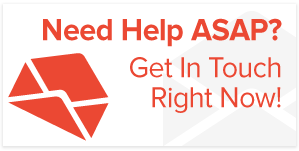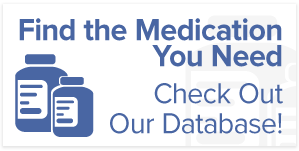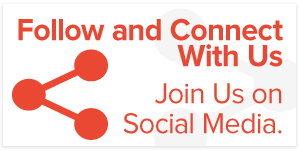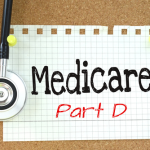Prescription Affordability: A Game-Changer for Patients
Access to healthcare, including the medications people need to stay healthy, is a fundamental right. However, for many, the cost of prescription drugs can be overwhelming, preventing them from getting the treatment they require. This is where prescription affordability becomes a game-changer, particularly through prescription assistance programs. These programs are designed to help patients access necessary medications without breaking the bank. In this blog, we’ll explore how these programs work and why they’re making such a significant difference in healthcare.
The Growing Need for Prescription Affordability
The cost of prescription drugs in the U.S. has been steadily rising. For patients with chronic conditions, the monthly expense of medications can quickly add up, sometimes leading to difficult choices between paying for medicine or other essentials like food and housing. This affordability crisis is more than just a financial issue; it affects the overall health and well-being of millions of individuals.
Prescription affordability is not just about lowering costs; it’s about ensuring that everyone, regardless of income or insurance status, can access life-saving drugs. For patients facing these challenges, prescription assistance programs offer a lifeline.
What Are Prescription Assistance Programs?
Prescription assistance programs (PAPs) are designed to help uninsured or underinsured patients cover the costs of their medications. These programs may be offered by pharmaceutical companies, non-profit organizations, or government agencies. Their goal is to reduce out-of-pocket expenses for patients by providing discounts, coupons, or even free medication.
Types of Prescription Assistance Programs
Pharmaceutical Company Programs: Many pharmaceutical companies offer programs that provide medications at a reduced cost or for free, depending on the patient’s financial situation.
State and Federal Assistance: Some state and federal programs, like Medicaid and Medicare Extra Help, provide financial support for prescription drugs, especially for low-income patients.
Non-Profit Organizations: Non-profits such as NeedyMeds and the Patient Assistance Program Center connect patients with available resources to help lower their medication costs.

Access PAP for yourself
How to Access Prescription Assistance Programs
If you or a loved one is struggling to afford prescriptions, there are several ways to access prescription assistance programs:
Ask Your Doctor or Pharmacist: Many healthcare providers are familiar with available assistance programs and can guide you through the application process.
Online Resources: Websites like Advocate My Meds provide comprehensive databases of assistance programs, allowing you to search for discounts or free medications based on your prescriptions.
Contact Pharmaceutical Companies Directly: Some pharmaceutical companies offer patient assistance programs for specific medications. Contact the company’s customer service to learn more about eligibility and application requirements.
The Future of Prescription Affordability
With the increasing focus on healthcare reform, prescription affordability will likely continue to be a priority for policymakers. More programs, innovations in generic medications, and expanded insurance coverage may all contribute to making prescriptions more affordable for all patients. As these changes take place, prescription assistance programs will remain a vital resource for those who need immediate help.
Struggling to Afford Your Medications?
Advocate My Meds, a full-service prescription assistance organization, can help. Whether you need access to financial assistance for prescriptions or support through programs like Abbvie or Pfizer prescription assistance, we’re here to guide you through the prescription assistance enrollment process.
Take control of your health today.







